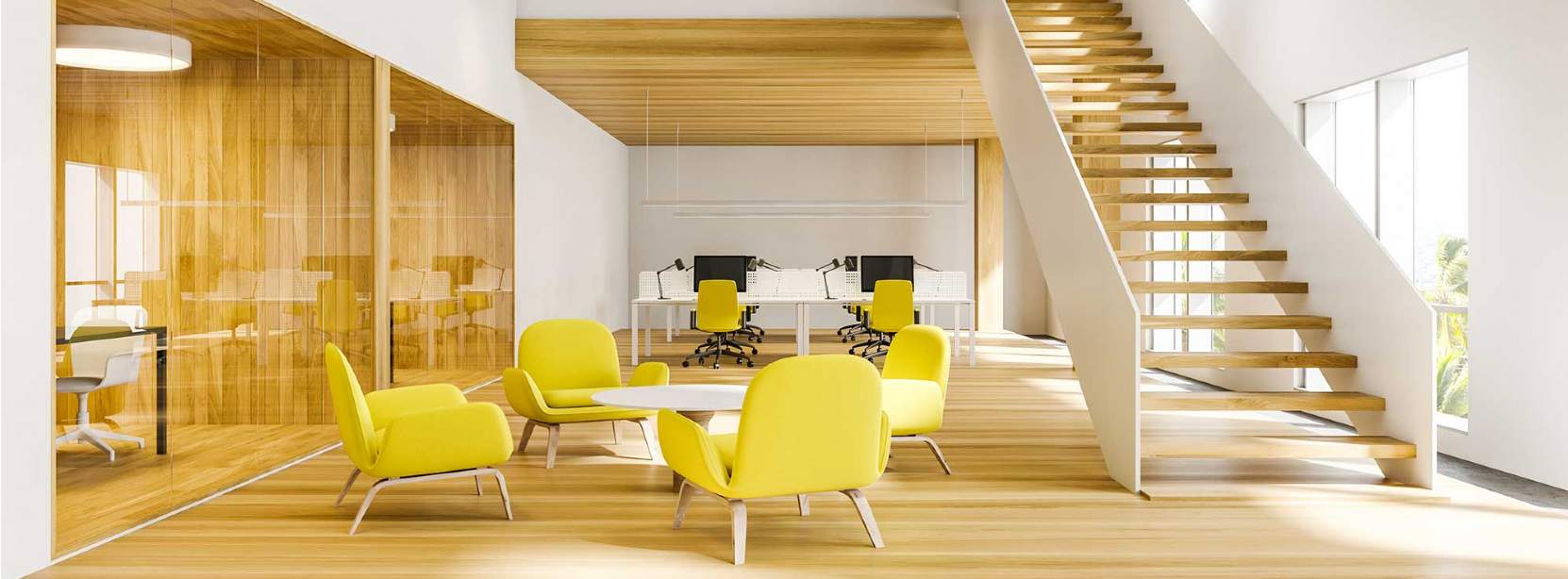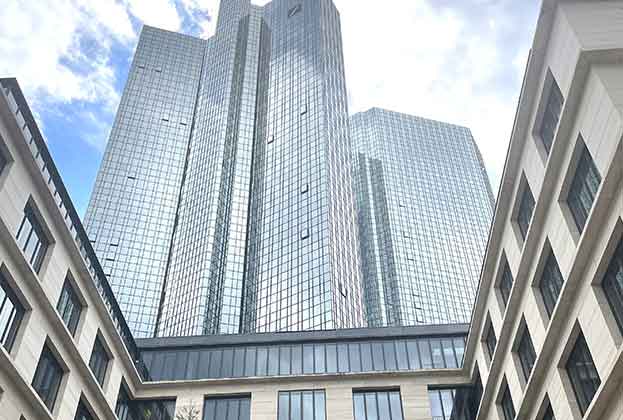The Czech Republic’s swift lockdown in March in response to the coronavirus pandemic brought much of the economy to a juddering halt. The real estate industry was no exception, with many building projects grinding to a halt or not being started on schedule. But through a mix of flexibility, adaptability and careful planning, Savills found ways to continue certain Building & Project Consultancy (BPC) works.
One of those projects was an office refurbishment and expansion for a Silicon Valley-based IT company, whose regional headquarters are located in Prague. The project involved doubling the size of the office space to more than 500 square metres, adding a kitchen, lounge area, new recreation area, new open space and increasing the size of the server room. In the existing office space, the work involved adding new meeting rooms, installing new acoustic cladding and carrying out surface work like painting walls and laying new carpets.
Savills BPC department was in the process of preparing the project when the Covid-19 pandemic hit. Because the company is based in the US, it has to adhere to the strictest measures regarding the security and health and safety of any workers on their premises. Consequently, the government-mandated lockdown meant the company was forced to close the office to everyone, including Savills, the general contractor and subcontractors like architects and construction workers.
How to proceed with the project and take advantage of the time when the office was unoccupied, especially given it soon became clear that the lockdown would be extended for some time?
Lessons learned
The client’s office was closed in mid-March, but after two weeks of client negotiations and approvals, Savills, the architects and the general contractor managed to get back into the office and restart the design phase of the project.
During this period, it was even more important than usual to have careful and full coordination between the project manager, architects and general contractor to ensure that all participants were not present in the office at same time. That meant drawing up strict protocols regarding who could visit the office and when, managed by an associated strict sequencing of visits.
The construction phase of the project began in July. For this, strict protocols over personal protection equipment (PPE) were introduced, such as the use of gloves and masks for construction workers. We discovered that masks for construction workers were not practicable, but shields allowed workers to breathe properly without any potential spreading of Covid-19. We also implemented social-distancing guidelines as well as frequent disinfection of common areas and equipment by specialist contractors.
The deadline to complete the project is early October, which was the original date of completion even before the pandemic hit. The company plans to start bringing back its workers into the office later this year or early next year, depending on the situation.







.jpg)

.jpg)
